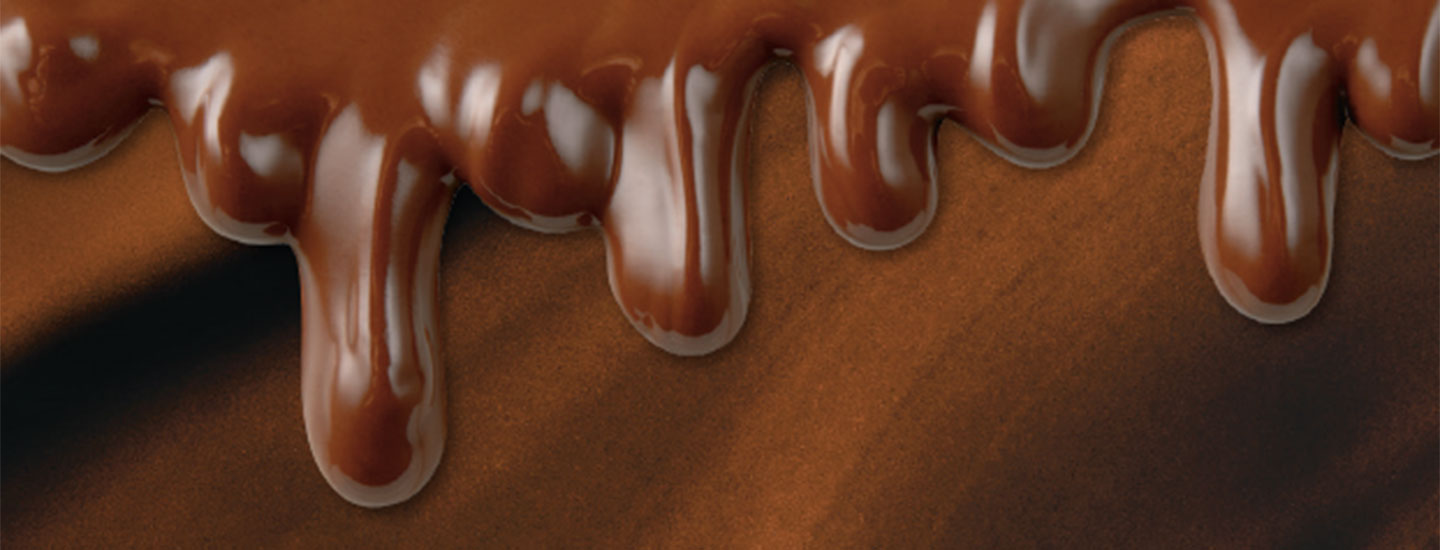On Valentine’s Day, some people give loved ones flowers or a card. But the most popular gift is chocolate. People eat a LOT of chocolate, and not just on February 14. Each year, people around the world eat 8 million tons of chocolate—more than the weight of 20 Empire State Buildings! What makes chocolate so popular? The answer comes down to science!
NGSS: Practice: Constructing Explanations
Crosscutting Concepts: Cause and Effect; Structure and Function
Core Idea: LS1.D: Information Processing; PS1.B: Chemical Reactions
CCSS: Reading informational Text 1

